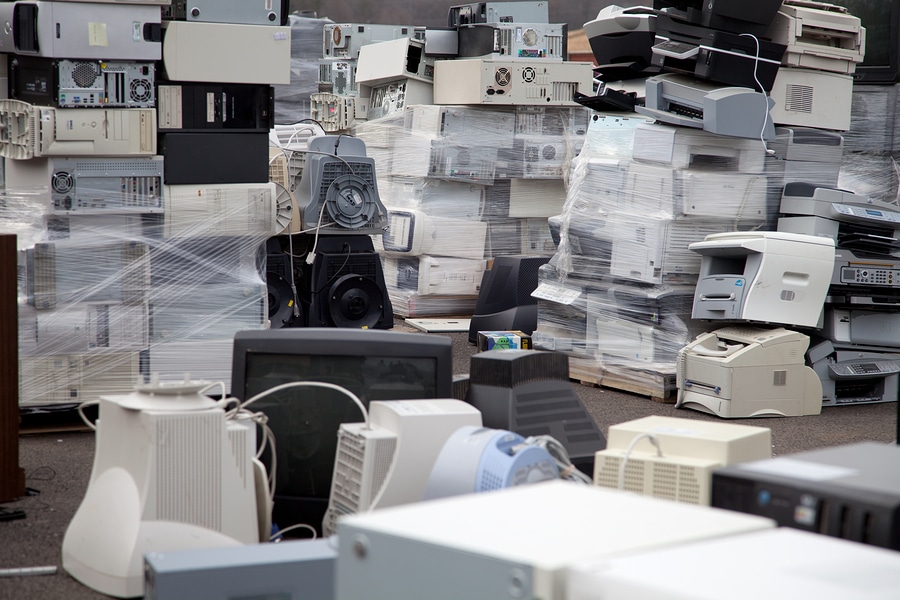5 Tips to Help You Effectively Dispose of Your End of Life Data Assets

Modern business owners certainly understand the importance of cyber security and the potential harm from data breaches. While attacks on mega-corporations make headlines, there are also tons of small and midsize business hacks that nobody hears about.
The problem is that most businesses focus on keeping data safe for the purposes of storage or sharing, but fail to consider what might happen if data isn’t properly disposed of when it reaches the end of its life cycle. The good news is, you can effectively dispose of your end of life data assets in order to protect your customers and your company. Here are a few tips to put you on the right path.
1. Plan for a full life cycle. First and foremost, you need to consider the full life cycled of data. Once it has been created, you probably have a solid plan in place for storage and sharing, thanks to firewalls, password protections, encryption, and even a VPN, just for example. What about when it’s time to purge outdated information or upgrade to new computer hardware?
When the time rolls around to destroy data, you need a plan in place for proper disposal of assets. This could include wiping data, but then what? You really need to consider finding reliable, professional help to completely wipe data before refurbishing and selling hard drives, or alternately, physically destroy components containing confidential data.
2. Set goals and priorities. You know what you don’t want: data falling into the wrong hands and being used for breaches, identity theft, or other criminal pursuits. Your main goal, then, is total destruction of unneeded data, as well as guaranteed security standards for handling and destruction.
However, you may also want to recoup some cost by reselling hardware. You might be keen to destroy hard drives in an environmentally-responsible manner. Setting your goals and priorities can help you to find a certified ITAD partner that meets all of your needs.
3. Understand data destruction options. You’ve probably heard of things like pounding nails through hard drives or dipping them in acid baths. Not only are these methods extremely dangerous, but there’s no guarantee data will be destroyed. There are really only two tried-and-true options for dealing with end of life data assets: have your hard drives professionally wiped and prepped for resale, or have them professionally destroyed.
4. Create policies and procedures. One thing to be aware of, even when using a professional ITAD service, is that the onus is on you and your employees to protect data assets until they are collected for disposal. This means creating policies and procedures that ensure everyone in your offices knows how to properly handle data and devices slated for disposal.
5. Make employees aware of consequences. It’s not enough to train your employees on proper asset disposal policies and procedures. You also have to make them understand what happens when data falls into the wrong hands because of their negligence. Understanding consequences of failure to properly protect and dispose of data can help employees to get on board with policies and procedures, as can creating a system of penalties for failure to comply.
Businesses in and around the Sioux Falls, SD area can rest easy when they partner with certified ITAD service provider SEAM for data disposal needs. Call 605-274-SEAM (7326) today to learn more.
SEAM provides IT recycling and data destruction services including onsite shredding and hard drive wiping to South Dakota, North Dakota, Minnesota, Iowa, and Nebraska.
Schedule a pickup or contact us for more information.





